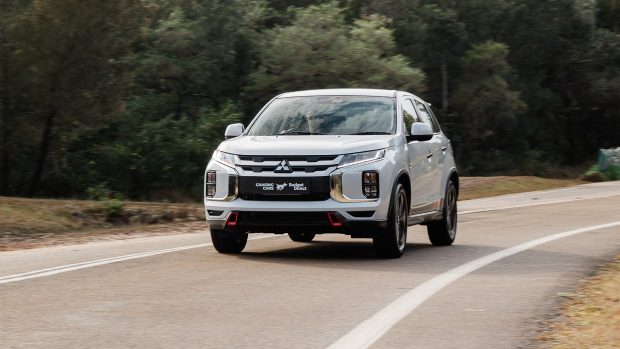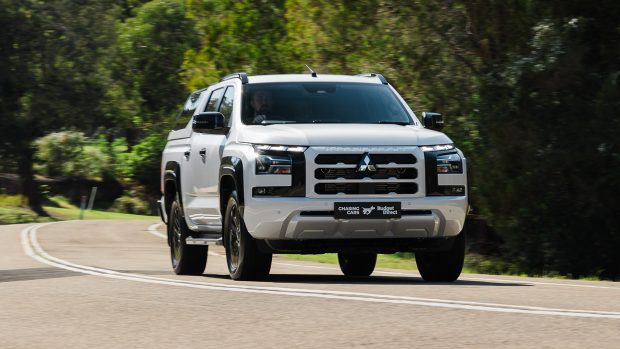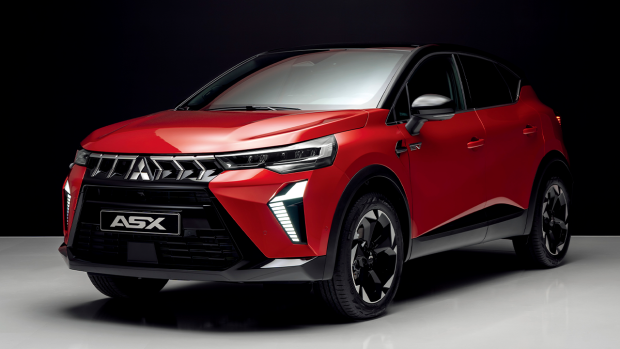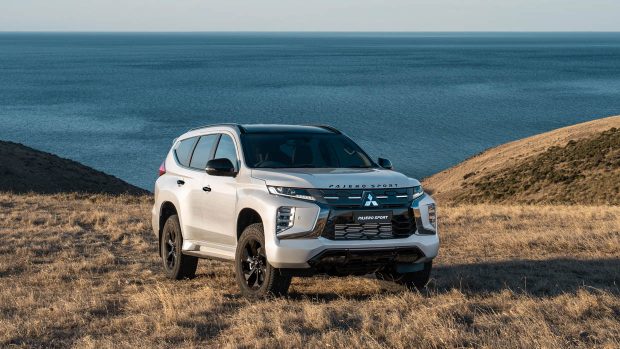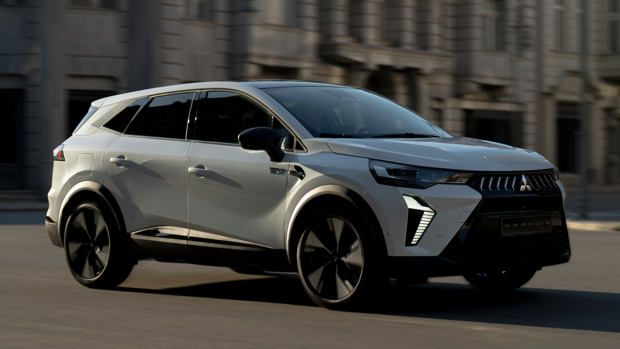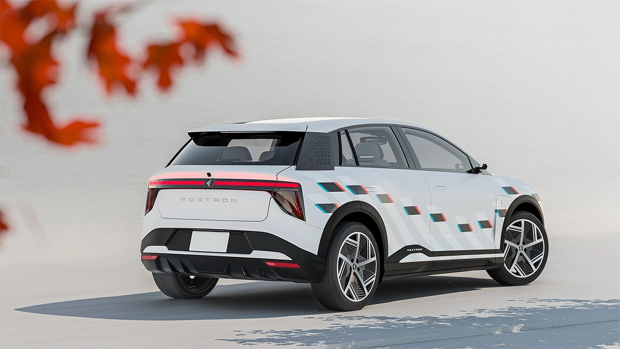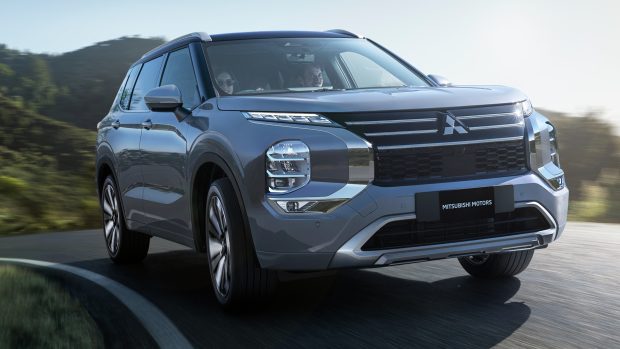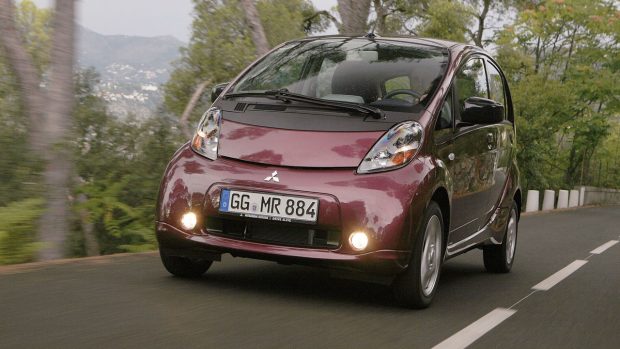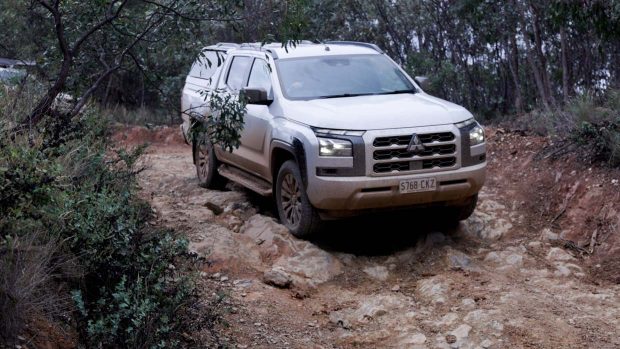-
Car Reviews
- All reviews
- Midsize SUVs
- Small cars
- Utes
- Small SUVs
- Large SUVs
- Large cars
- Sports SUVs
- Sports cars
- Vans
Latest reviews
- Car News
-
Car Comparisons
Latest comparisons
- Chasing Deals
The Japanese brand’s local boss says shrinking market share is better than collapsing amid car industry turbulence
Senior leaders at Mitsubishi Motors Australia say they see navigating the car industry’s challenges — including Chinese rivalry, inflation and new emissions laws — as a “marathon and not a sprint”, signalling that a drop in sales and market share is not a crisis.
In fact, Mitsubishi Motors Australia chief executive Shaun Westcott is keen to frame a decision to adopt a careful and conservative approach to new model launches as part of the plan while many other rivals endure heavy losses from brutal competition.
Speaking with Chasing Cars, Westcott said Mitsubishi’s local strategy involves navigating through rough economic conditions and ultimately surviving, even though the Mitsubishi boss predicts that other brands (both Chinese and Western) may not emerge on the other side.
“There’s a storm coming,” Westcott said. “There are times when you have to buckle up and brace.”
Instead of chasing sales volume in Australia at all costs, Mitsubishi is dialling back market expectations in a bid to remain profitable and future-proofed despite uncertainties in relation to emissions regulations and a lack of consumer demand for electric vehicles.
If Westcott sounds unusually comfortable despite the chaos he perceives on the horizon, it is because Mitsubishi believes the market is heading for a correction that will see some rivals eliminated while the triple-diamond survives.
Mitsubishi’s strategy appears to be one of battening down the hatches, and keeping a level of balance in its range while other players become overextended.
“I am a firm believer in the law of supply and demand that says when a market is oversupplied there will be a correction,” Westcott told Chasing Cars. “Logically there is going to be a dilution and at some point, extinction of some brands.”
Mitsubishi delivered 74,547 vehicles in Australia in 2024, but its 2025 sales volumes may fall to around 60,000 as key models — such as the outgoing ASX and Eclipse Cross — run out and are not immediately replaced due to awkward generational changeovers.
That drop of around 20 percent does not phase the Mitsubishi boss…yet.
“We are not aiming for 100,000 [sales this year]. We are quite comfortable with our volume shrinking, short-term, because the [market] is shrinking,” Westcott told Chasing Cars.
A trio of models — ASX, Eclipse Cross and Pajero Sport — were discontinued in early 2025 due to their non-compliance with strengthened autonomous emergency braking regulations in Australia, and Westcott says Mitsubishi underestimated how quickly the ASX and Eclipse Cross would sell out.
The second-generation ASX, which is a radically different vehicle manufactured in Spain and based on the Renault Captur II, is not due to arrive in Australia until November 2025, creating a marked supply gap.
But Westcott remains clear-eyed about how Mitsubishi fits into a tightening Australian new car market, and in which OEMs are beginning to understand how deeply the pressures of Australia’s New Vehicle Emissions Standard (NVES) will affect their financial results.
Mitsubishi’s strategy focusses on expanding its plug-in hybrid (PHEV) and hybrid (HEV) offerings locally while maintaining the relatively popular Outlander PHEV.
This will include importing lower-emission versions of the second-gen ASX, and considering the recently revealed Grandis, a hybrid SUV that is slightly larger than the ASX.
Despite the possibility that Mitsubishi will ease NVES pressure by selling more Outlander PHEVs and hybrid versions of the new ASX (and possibly Grandis), it will need other solutions too: the Outlander petrol is already over the 2025 limit, and the Triton will fall foul of NVES in 2026.
READ MORE: Mitsubishi’s PHEV-heavy strategy
Westcott will not pull forward Mitsubishi’s plan to introduce a Foxconn-built BEV, currently slated for Australian release in late 2026.
Glitzy product releases and “vanity projects”, such as chasing market share at all costs via deep discounting, are not on the agenda.
“My job as CEO is to make sure we survive, thrive, and be here in the future. If you buy a Mitsubishi today, you know that in five- or 10-years’ time…we will be here to back you,” Westcott said.
Many legacy brands in Australia are staring down the barrel of stiff NVES penalties generated by selling a large number of high-CO2 combustion vehicles each year.
Westcott argues that overcommitting to EVs (rather than PHEVs and HEVs) carries risk.
“Some of our competitors have showrooms full of EVs they cannot sell. They are discounting them below the cost of production just to get them off the floor. That does not make good business sense,” Westcott opined.
Mitsubishi has not sold a BEV in Australia since the short-lived and niche i-MiEV of 2010-2012, but the Foxconn-built electric SUV will join the range next year.
In the meantime, Westcott has preferred to build out future PHEV plans for their local viability.
“We have access to BEVs…we will bring them (to Australia) when we think the market is ready to absorb them — it needs to be financially viable and feasible,” Westcott said.
Westcott also believes the end of the fringe benefits tax (FBT) exemption for PHEV novated leases has dented momentum of PHEVs locally despite new Chinese plug-ins lowering the price of entry to the technology.
In the context of supply-side pressure from NVES, which penalises high-CO2 vehicle sales and rewards manufacturers who manage to sell low-CO2 alternatives, Westcott has called for the return of demand incentives to help customers afford PHEVs and BEVs.
Westcott says that NVES will effectively increase the retail price of petrol, diesel and other pure internal combustion engine (ICE) vehicles.
“As much as everybody is pretending it isn’t [going to increase ICE car prices] I think it is time somebody called it and said it is probably going to happen,” Westcott said.
Latest news
About Chasing cars
Chasing Cars reviews are 100% independent.
Because we are powered by Budget Direct Insurance, we don’t receive advertising or sales revenue from car manufacturers.
We’re truly independent – giving you Australia’s best car reviews.
